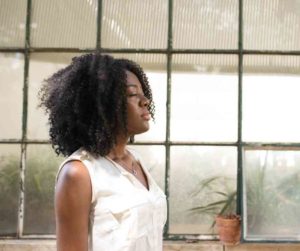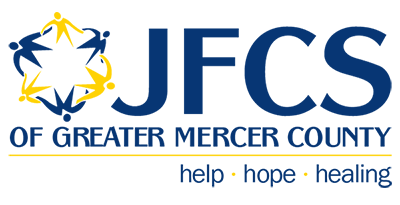Understanding what Mindfulness is all about and developing habits
Mindfulness can sound like a good idea, in theory, but without knowing a few simple tools, it can be harder to put into practice.
Mindfulness is not simply meditation, rather, it is about learning to live in the present moment. You may have come across this quote in a counselor’s office near you…
“Worrying never robs tomorrow of its sadness, it only robs today of its joy.” This is, in a quick phrase, the heart of mindfulness. When we learn to pay attention to the present moment, we focus our energies only on what is occurring at this moment in time and thus do not worry about the past or future.
For individuals with anxiety, a focus on the past and/or future can occupy a lot of time and means that they are missing out on the good things happening right now.
The global health situation has created a heightened state of fear, anxiety, and unknown. Despite this, there are pleasant things surrounding us each day. Spring has spring and while many in our region are living in levels of quarantine or sheltered-in-place, we can take time to go outside and embrace the seasonal change. We can see the trees and early flowers blooming, feel the warmth of the sun on our faces. These may seem to be small pleasures, but they are important ones. We can all remember to seek out joy rather than being weighed down by anxiety as the days and weeks go by…joy from our children (if we are parents), joy from our pets (if we have them), joy found in a friendly voice on the phone from a loved one, a neighbor, a friend, or a JFCS staff member, joy in the warmer weather and many more small pleasures.
The above may feel easier said than done, but in reality mindfulness training does not require extraordinary efforts. There are apps online such as Headspace or Calm, or guided meditations on Youtube as well as resources listed below.
The reason that meditation is so often promoted as a door to mindfulness is because it asks us to concentrate on the breath. When we do that, we are truly only concentrating on the present moment, the rise of the in-breath, the fall of the out-breath. Will distractions arise? Of course, they will! But be compassionate to yourself – another important part of mindfulness! – and return your focus to the breath. Think of this like practicing for a sport, an instrument, or anything requiring concentration and repetition over time, your focus will begin to improve and you will find that moments of stillness and peace can arrive.
Then, when you are going about your day, remind yourself now and then, gently, to return your focus to the present moment. Perhaps you will be waiting on the phone, or cooking dinner, or cleaning and find your mind wandering into anxiety. It is in those moments that you can focus on the breath or you can focus more intently on the job at hand. Cooking, for example, can be a chore or something that is more about its end than the process, but it can also be a place to find calm and to focus on the present – the way the onion falls to the cutting board as you slice it, or the aromas that waft to your nose as you stir in spices. Using the five senses can be a wonderful and more practical way to find mindfulness!
A morning run can feel like a chore; next time, as you run, note the spring buds on the trees, breathe in the fresh morning air. Use everyday activities to practice mindfulness and it will soon become habit. You will find in those moments of anxiety, you will have some tools to bring you back to the present moment
Enjoy the journey – mindfulness is a lifelong process but you can begin to see the benefits quickly!
Resources:
- Introduction to Meditation
- Mindfuless for Children
- Tara Brach, Mindfulness Guru
- Jon Kabat-Zinn, Mindfulness Teacher & Expert
Claire Brown LSW


